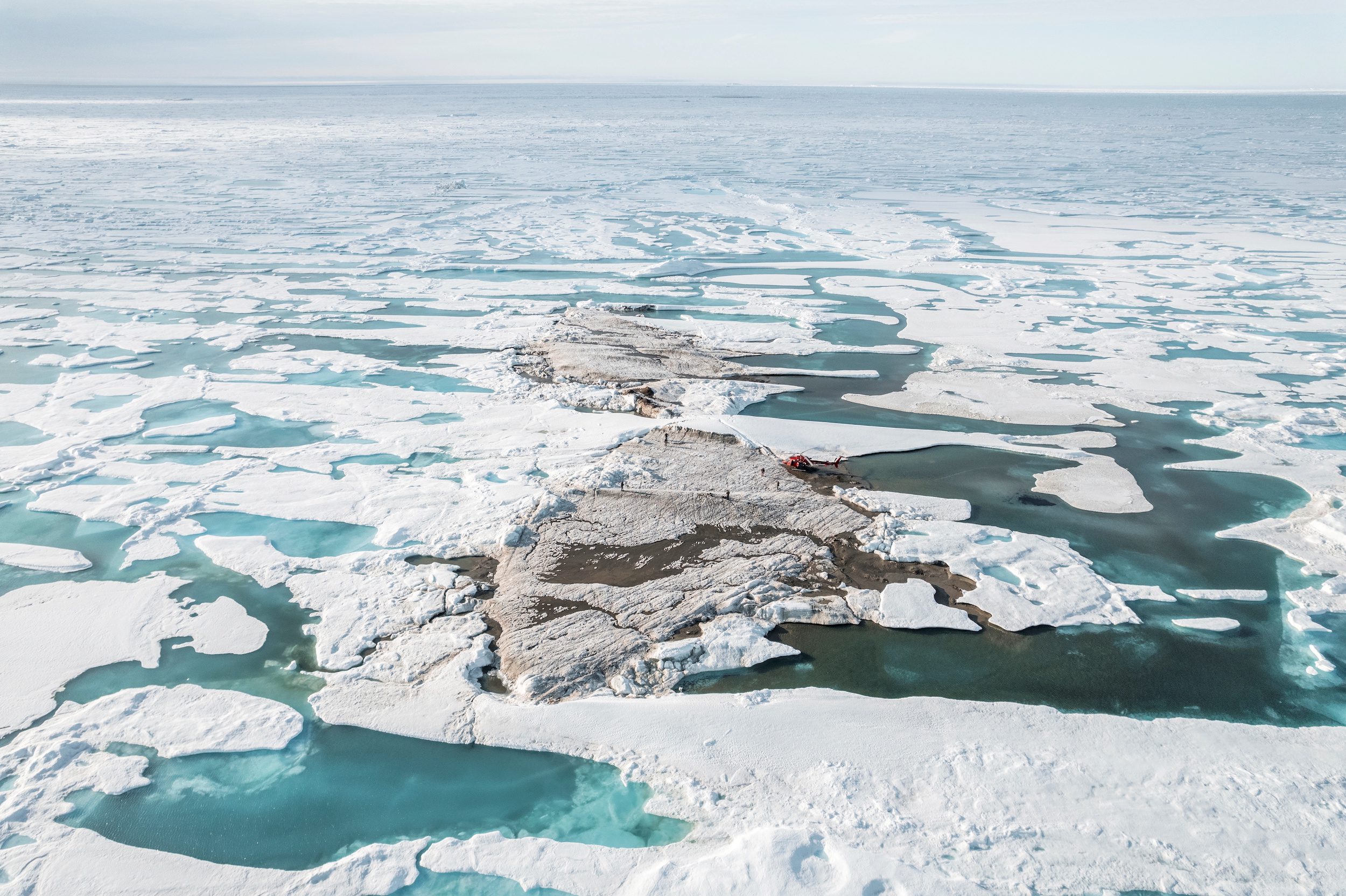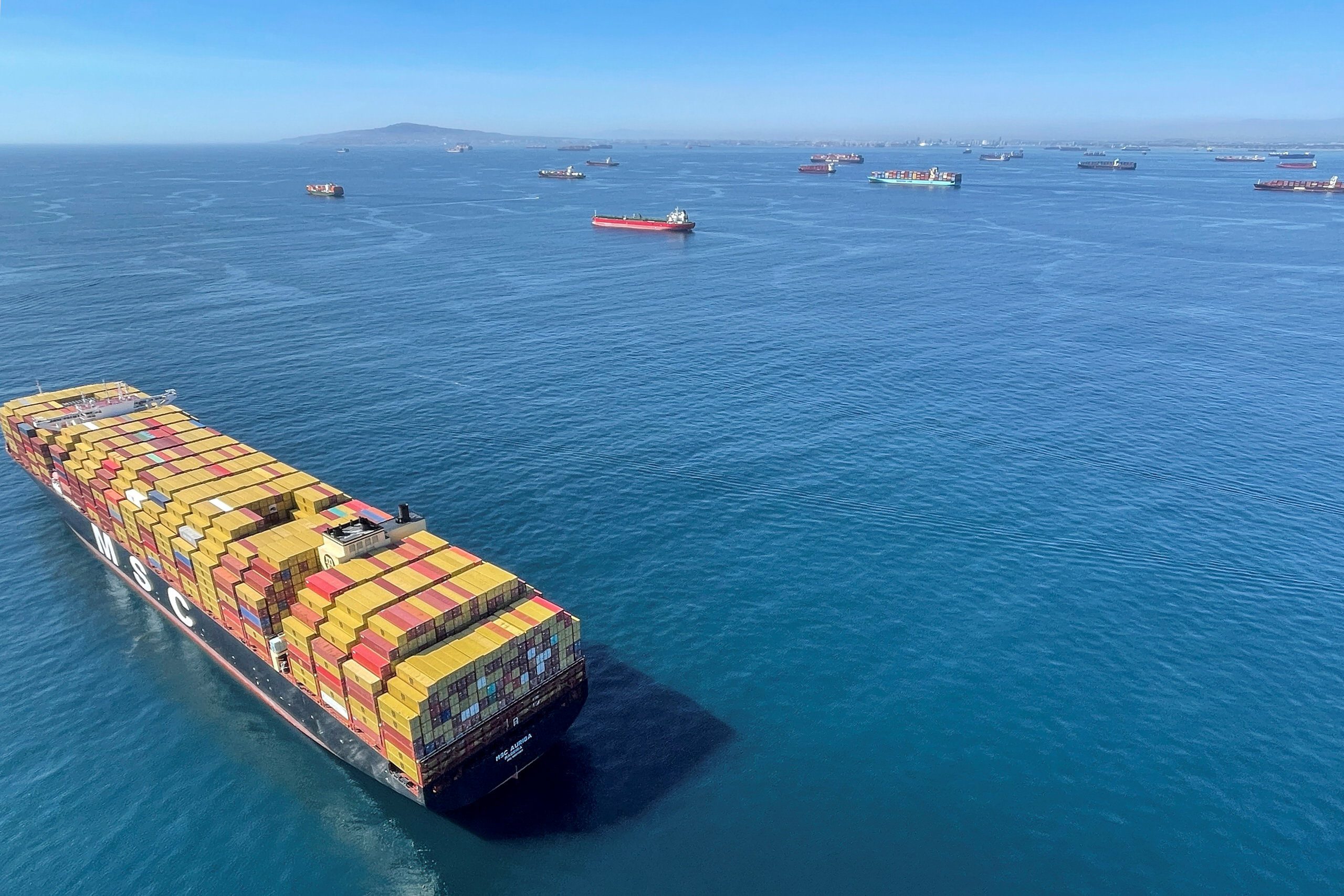By Jacob Gronholt-Pedersen (Reuters)-Scientists last month set foot on a tiny island off the coast of Greenland which they say is the world’s northernmost point of land and was revealed by shifting pack ice.
The discovery comes as a battle is looming among Arctic nations the United States, Russia, Canada, Denmark and Norway for control of the North Pole some 700 km (435 miles) to the north and of the surrounding seabed, fishing rights and shipping routes exposed by melting ice due to climate change.
“It was not our intention to discover a new island,” polar explorer and head of the Arctic Station research facility in Greenland, Morten Rasch, told Reuters. “We just went there to collect samples.”
The scientists initially thought they had arrived at Oodaaq, an island discovered by a Danish survey team in 1978. Only later, when checking the exact location, they realized they had visited another island 780 meters northwest.
“Everybody was happy that we found what we thought was Oodaaq island,” said Swiss entrepreneur Christiane Leister, creator of the Leister Foundation that financed the expedition.
“It’s a bit like explorers in the past, who thought they’d landed in a certain place but actually found a totally different place.”
The small island, measuring roughly 30 meters across and a peak of about three meters, consists of seabed mud as well as moraine – soil and rock left behind by moving glaciers. The team said they would recommend it is named “Qeqertaq Avannarleq,” which means “the northernmost island” in Greenlandic.
Several U.S. expeditions in the area have in recent decades searched for the world’s northernmost island. In 2007, Arctic veteran Dennis Schmitt discovered a similar island close by.
Though it was exposed by shifting pack ice, the scientists said the island’s appearance now was not a direct consequence of global warming, which has been shrinking Greenland’s ice sheet.
Rene Forsberg, professor and head of geodynamics at Denmark’s National Space Institute, said the area north of Greenland has some of the thicket polar sea ice, though he added it was now 2-3 meters thick in summer, compared with 4 meters when he first visited as part of the expedition that discovered Oodaaq in 1978.
Any hope of extending territorial claims in the Arctic depends on whether it is in fact an island or a bank that may disappear again. An island need to remain above sea level at high tide.
“It meets the criteria of an island,” said Forsberg. “This is currently the world’s northernmost land.”
But Forsberg, an advisor to the Danish government, said it was unlikely to change Denmark’s territorial claim north of Greenland.
“These small island come and go,” he said.
The discovery was first reported earlier on Friday by Danish newspaper Weekendavisen.
(Reporting by Jacob Gronholt-Pedersen; Editing by Alex Richardson)
(c) Copyright Thomson Reuters 2021

 Join The Club
Join The Club











